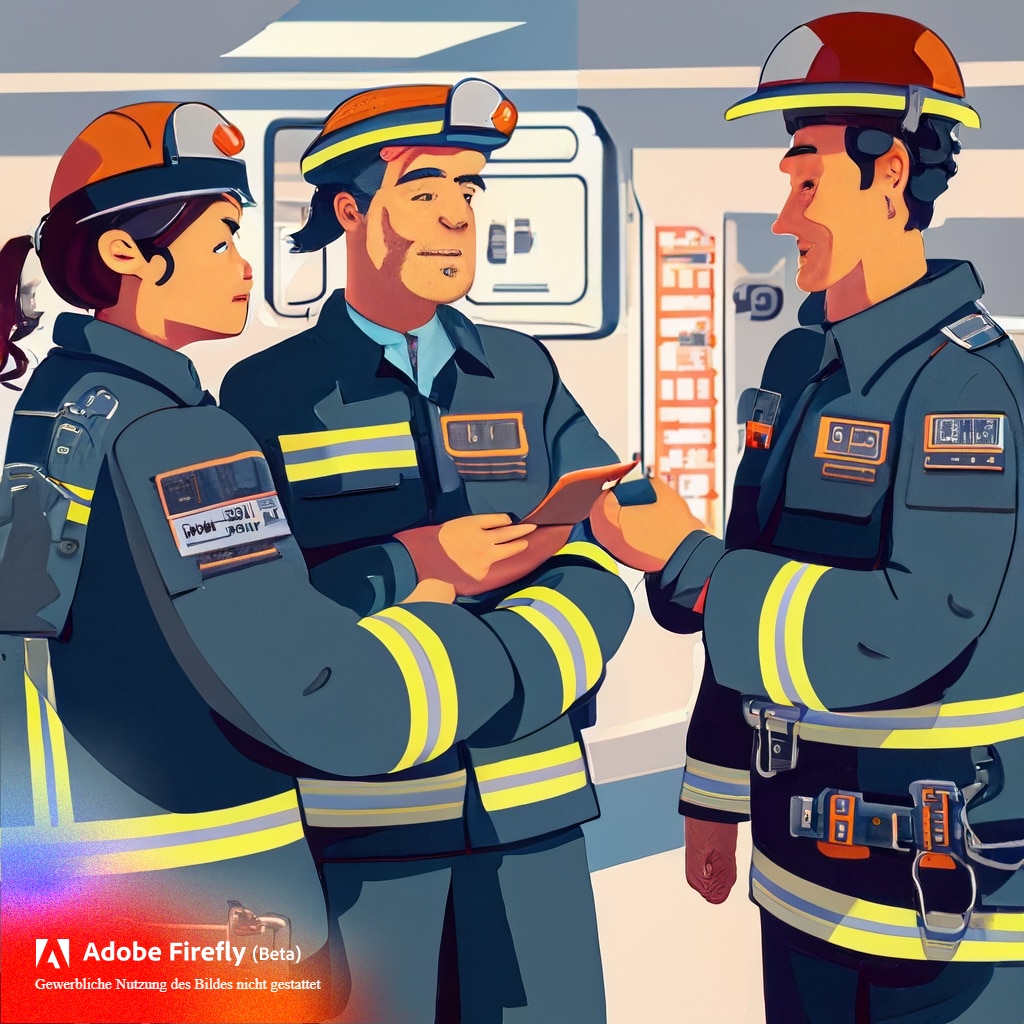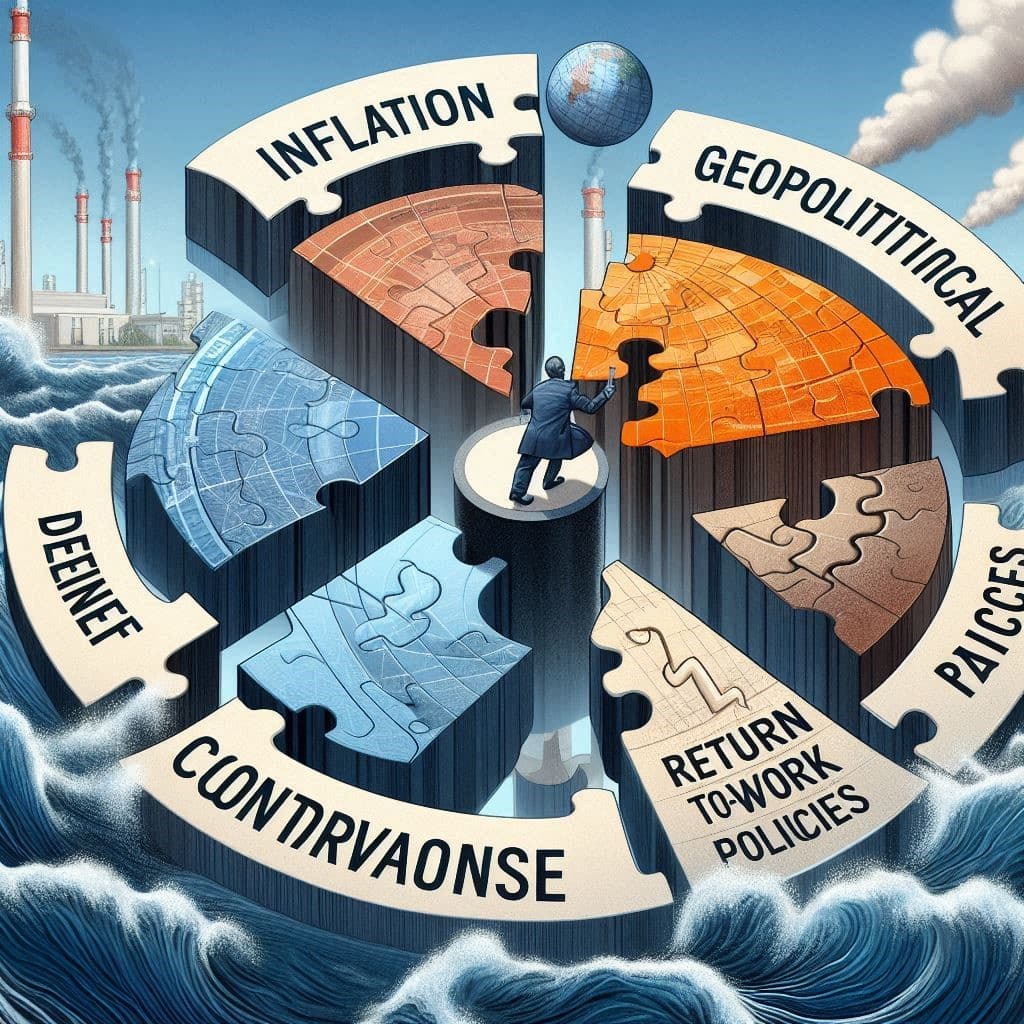When procuring new mission-critical communication equipment, customers undergo a multi-step process. These stages include:
-
- Research and Discovery: The customer initiates the process by exploring available mission critical communication products and solutions in the market. This may involve consulting industry experts and attending trade shows to collect information about various products and features.
-
- Identifying Needs: After examining multiple options, the customer identifies their specific needs and requirements for mission critical communication equipment. Input from team members and stakeholders may be solicited to guarantee the selected equipment meets the organization’s needs.
-
- Product Comparison: In this stage, the customer compares various products and solutions to decide which best aligns with their needs and budget. Factors such as reliability, scalability, and ease of use are often considered.
-
- Contacting Vendors: Once interested products are pinpointed, the customer contacts vendors for quotes and additional information. Demonstrations or product trials may also be requested to verify compatibility with organizational needs.
-
- Purchase Decision: After evaluating products and quotes, a decision is made regarding which equipment to acquire. Price negotiation can occur before finalizing the purchase agreement with the vendor.
-
- Installation and Training: The vendor installs the equipment and provides necessary training to the customer’s team, ensuring proper usage and maintenance of the equipment.
-
- Ongoing Support: The vendor renders continuous support and maintenance for the equipment, guaranteeing optimal functionality and alignment with the customer’s needs. Additional services, such as monitoring and remote management, might be purchased for consistent optimal performance.
-
- Evaluation: At a later stage, the customer evaluates the equipment’s performance and the vendor’s support to ensure both meet expectations. Based on the evaluation, the customer may decide to continue with the current vendor or search for a different one.
-
- Remember that the entire process is open to public bidding!
Text generated partly with AI !










